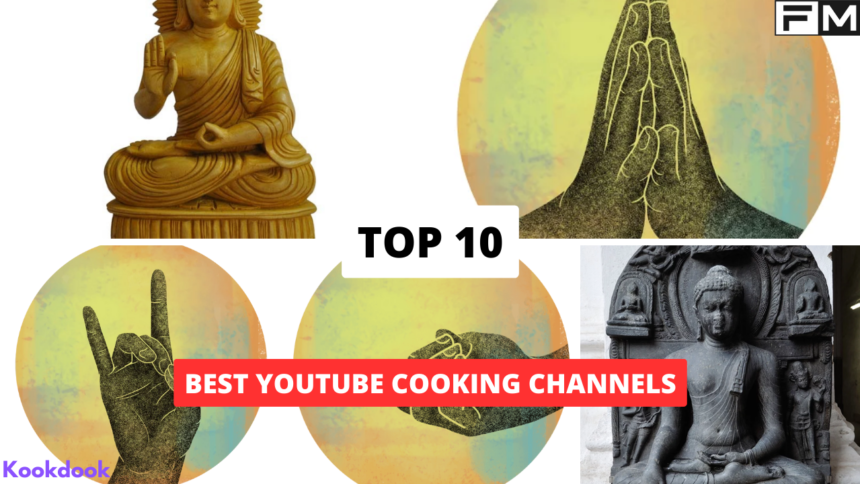Buddha Purnima 2022 happened on May 16 this year. The term “Buddha” means the “Awakened One.” It refers to someone who has woken up from not knowing things and sees reality clearly. This person knows about the past, present, and future all at once. They are free from mistakes and mental blocks. The way they taught, made images of gods, meditated, and worshipped helped people find peace of mind.
You might have noticed that Buddha statues have a certain hand pose. This is called a “Mudra,” a Sanskrit word. These hand gestures were used by Buddha’s followers to show certain ideas during their meditation or rituals.
Let’s talk about “Mudra.”
A Mudra is a way your hands are positioned, often seen in Buddhist art. It’s also used in practice to bring out a certain state of mind. Some common Mudras representing Buddha are hands folded in the lap, showing meditation. Or a palm held up, showing teaching or reassurance. There’s also an open palm facing down, which stands for generosity.
Now, let’s delve into Buddhist Mudras, those hand gestures and what they mean.
In the art of India, sculptures represent gods and beliefs through symbols.
Dharmachakra Mudra
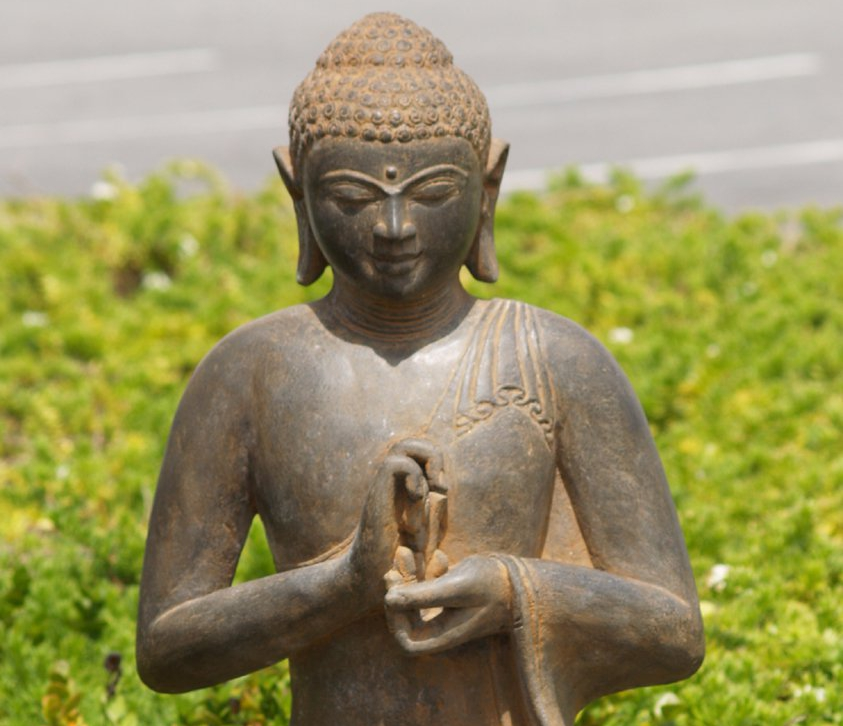
This Mudra shows Buddha teaching the Wheel of Dharma. It’s an important moment when Buddha taught for the first time in Sarnath after he became enlightened. Both hands are against the chest, left hand facing in, right hand facing out.
Dhyan Mudra / Buddha Hand Gestures
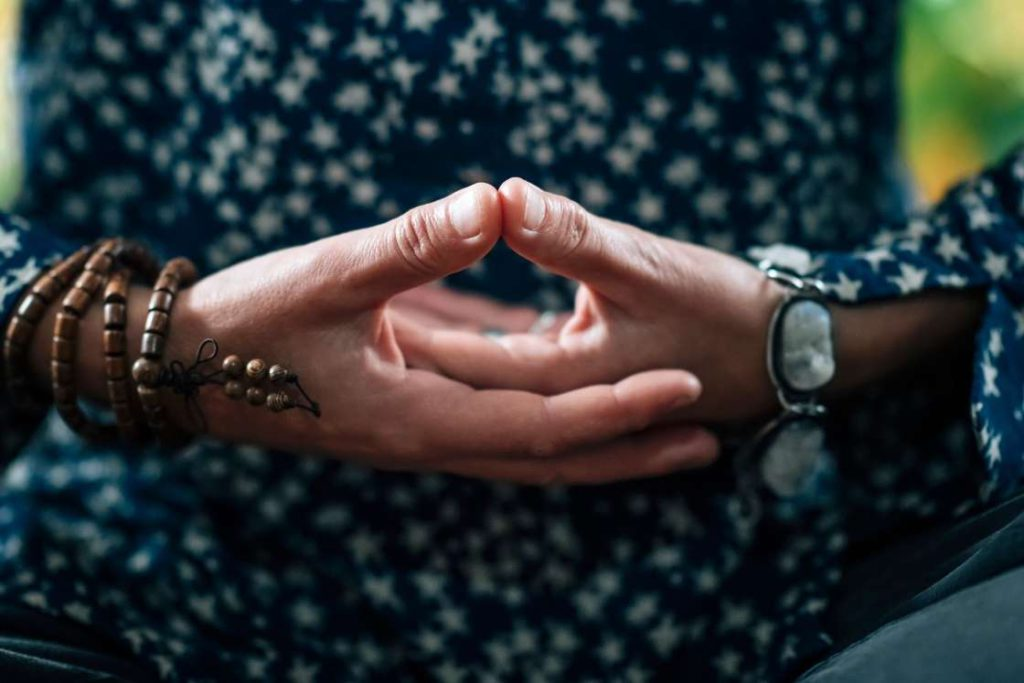
This Mudra is also known as the Samadhi or Yoga Mudra. Both hands are on the lap, right hand on top of the left, fingers stretched out (thumbs up, other fingers resting).
Bhumisparsa Mudra

This Mudra is called “touching the Earth.” It’s when Buddha claimed the Earth as a witness to his awakening. The right hand is above the right knee, reaching down with the palm in, touching the lotus seat.
Varada Mudra

This Mudra is about offering, welcome, charity, and kindness. Both hands have the right palm facing forward, fingers open, left hand near the stomach.
Karana Mudra
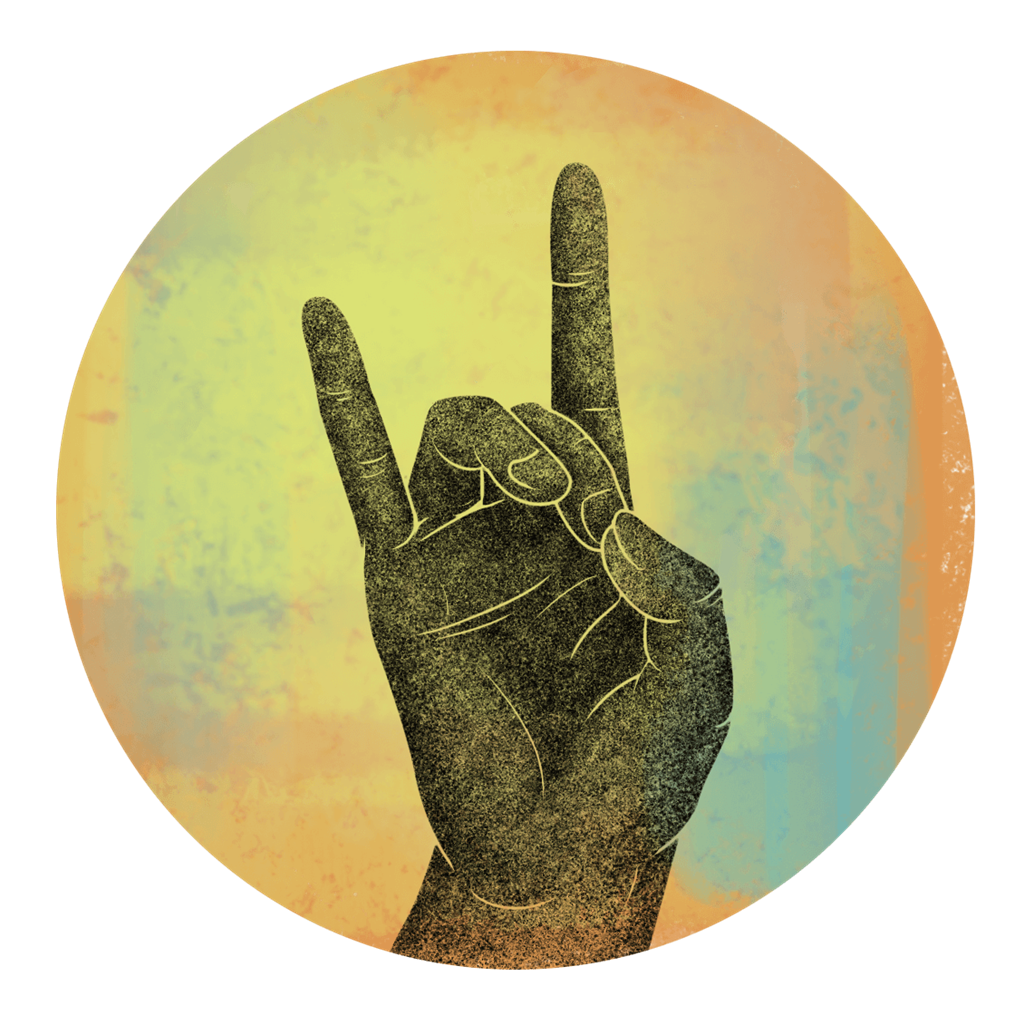
This Mudra is a way to ward off bad things. The index and little finger are up, others are folded. It’s said to help get rid of sickness and negative thoughts.
Vajra Mudra
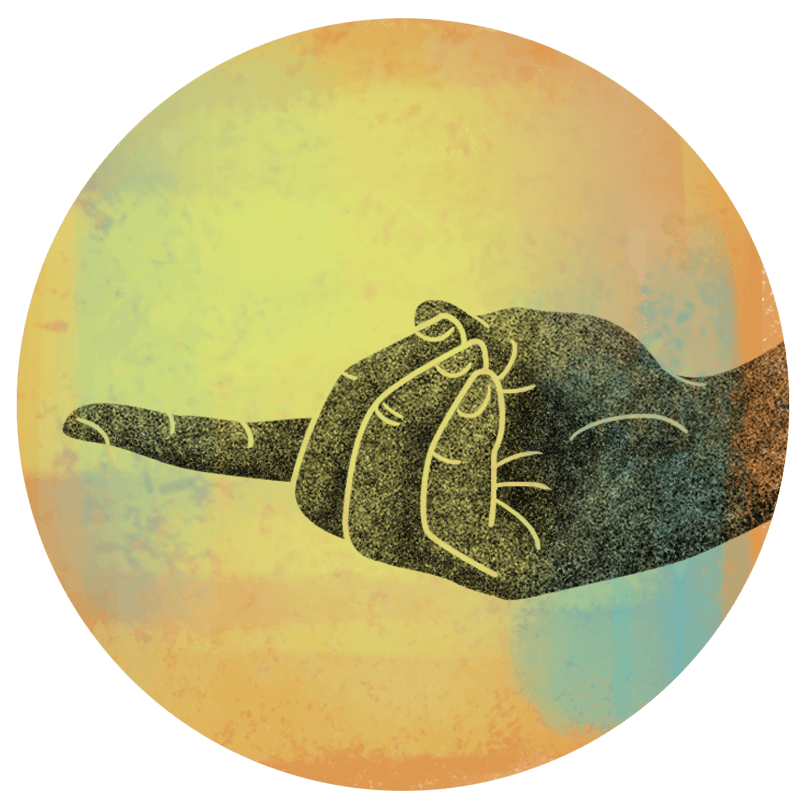
This Mudra stands for the powerful thunderbolt and the five elements (air, water, fire, earth, metal). The right fist holds the left forefinger, touching or curling around it.
Vitarka Mudra
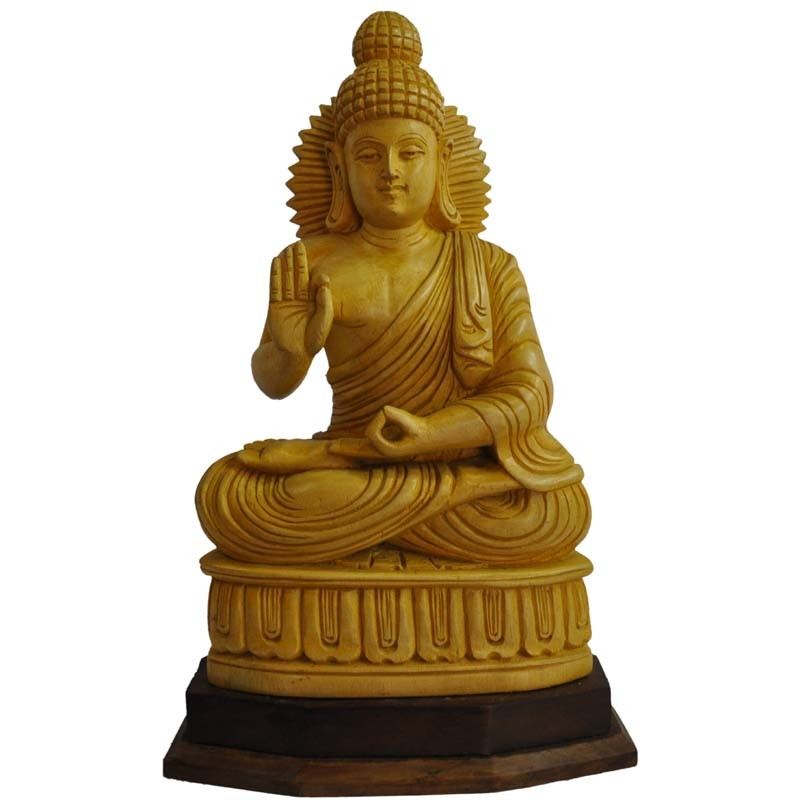
This Mudra is like a conversation of Buddha’s teachings. The tips of the thumb and index finger touch, other fingers are straight. It’s a bit like Abhaya and Varada Mudras, but here the thumbs touch the index fingers.
Abhaya Mudra
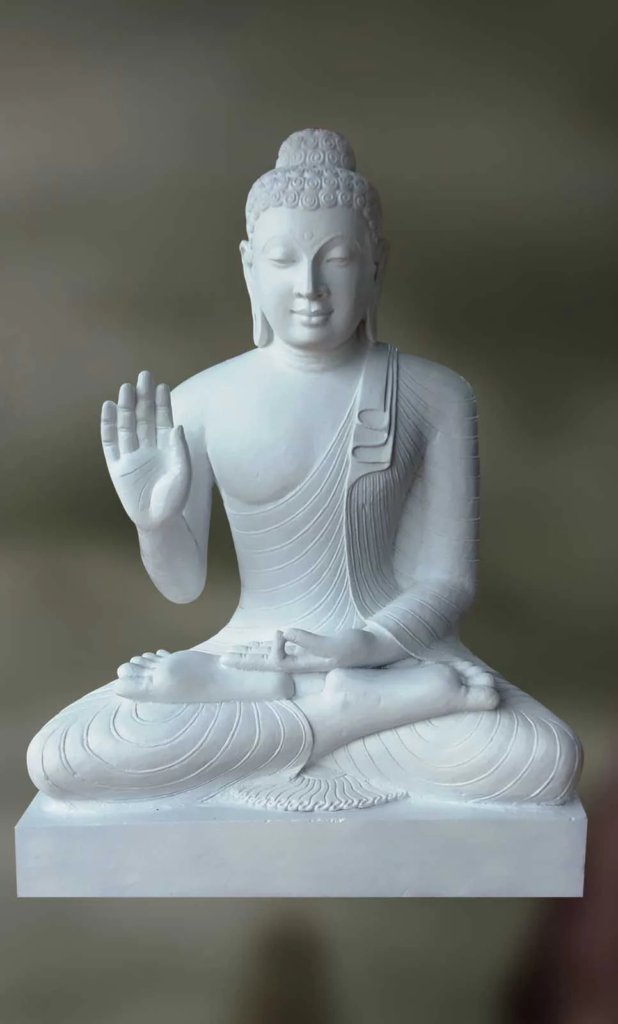
This Mudra means no fear or giving blessings. The right hand is raised to the shoulder, palm facing out with fingers up. The left hand hangs down. Buddha Shakyamuni and Dhyani Buddha Amoghasiddhi often have this Mudra.
Uttarabodhi Mudra

This Mudra is about supreme enlightenment. Both hands touch the heart, index fingers pointing up, other fingers intertwined.
Anjali Mudra

This Mudra is like saying hello, praying, or showing respect. Press your palms together at your heart, with your thumbs lightly against your chest.
So, Buddha Purnima brings with it a story of Mudras, a tale woven by hands to express ideas, feelings, and wisdom, a language spoken by touch and emotion.

